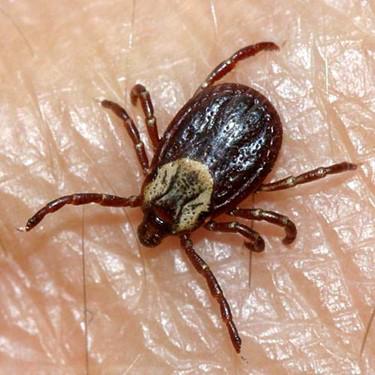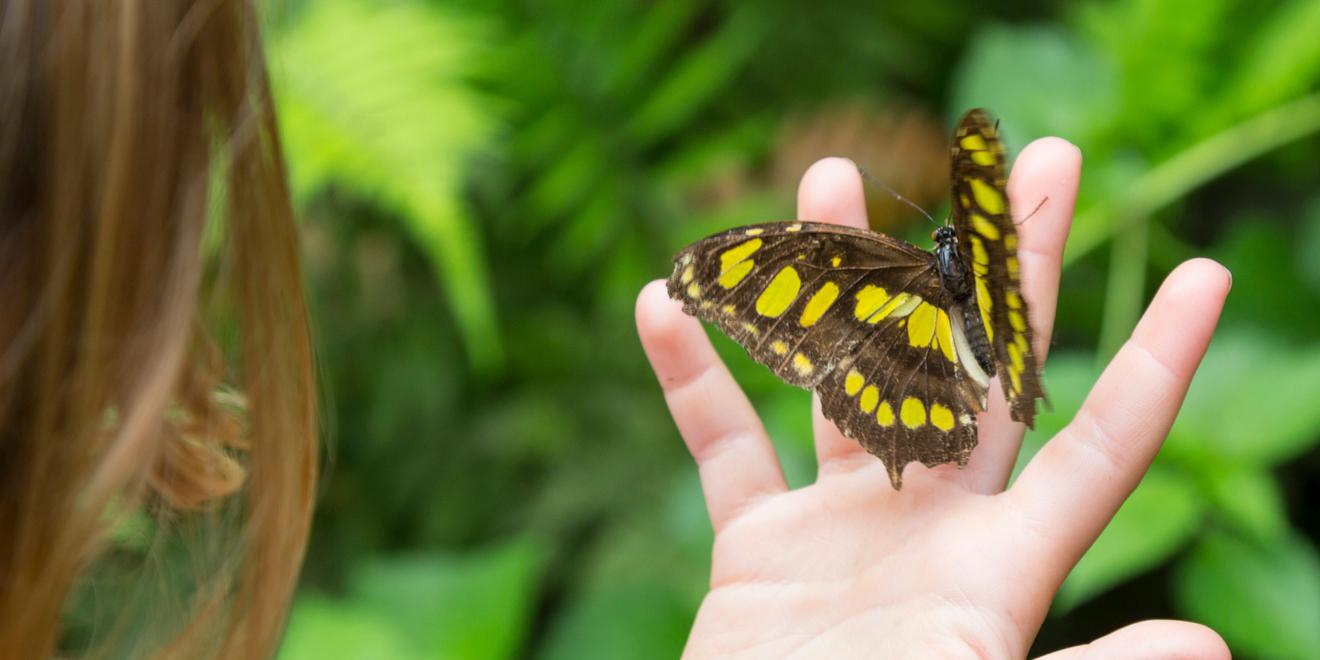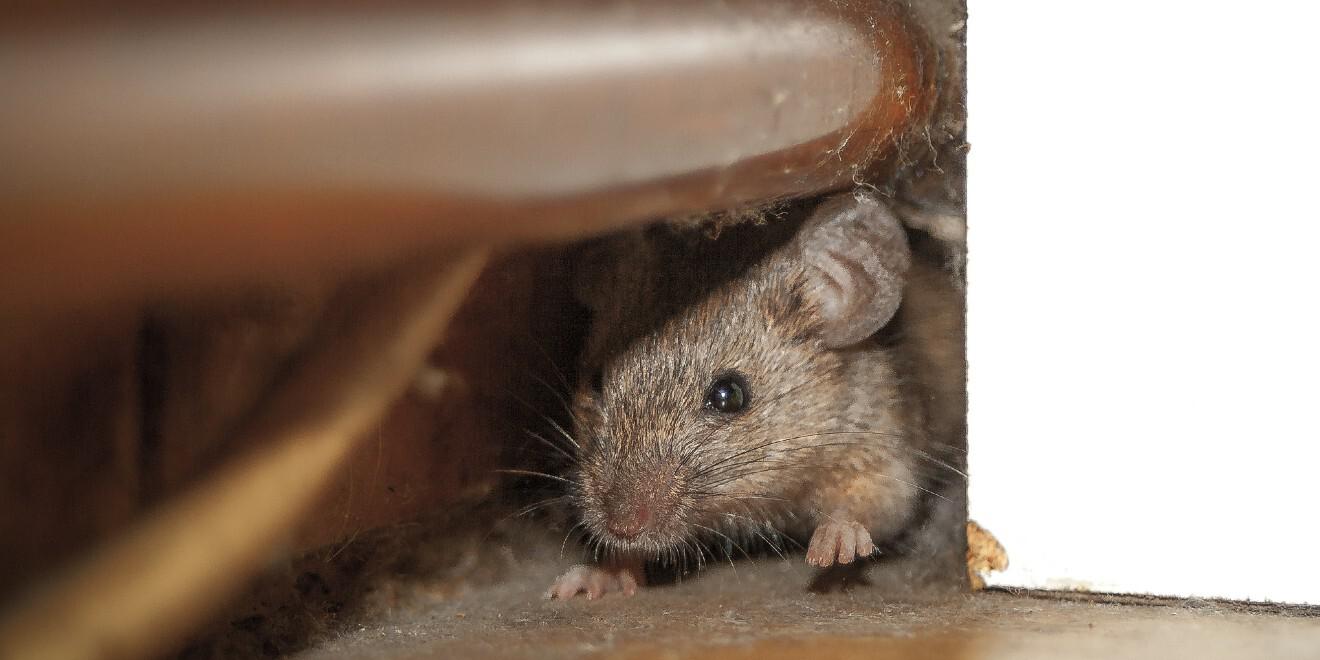Understanding Lyme Disease
Posted by Mosquito Squad
May 15, 2024

Ticks are notorious carriers of Lyme Disease, along with other dangerous illnesses such as Tularemia, Rocky Mountain Spotted Fever, Alpha-gal Syndrome, Babesiosis, and many more. Several of these are life-long, chronic diseases, including Lyme Disease.
Lyme Disease is not carried by just one species of tick. It can actually be spread by any one of these pesky parasites and is a disease that affects countless Americans each year. Lyme Disease can affect pets just like humans, and the symptoms are relatively similar.
Ticks, technically classified as blood-sucking parasites, will sometimes feed on their hosts for days at a time before they are found. This gives plenty of time to contaminate the blood of a current host with that of a previously infected animal or human, with Lyme Disease or worse. As nauseating as it may be, ticks essentially create a blood disease backwash.
Symptoms of Lyme Disease
Lyme Disease can be treated; however, if symptoms go unnoticed for long enough, they may worsen, and associated pain may become long-lasting.
In humans, here are some early symptoms of Lyme Disease:
- Fever
- Chills
- Headache
- Fatigue
- Muscle and joint pain and aches
- Swollen lymph nodes
- Small rash near the bite
Late symptoms:
- Intense headaches and neck stiffness
- Rashes
- Facial palsy (loss of muscle tone or droop on one or both sides of the face)
- Arthritis and severe joint pain and swelling, particularly in the knees and other large joints.
- Intermittent pain in tendons, muscles, joints, and bones
- Heart palpitations or an irregular heartbeat (Lyme carditis)
- Dizziness, shortness of breath
- Inflammation of the brain and spinal cord
- Nerve pain, shooting pains/numbness/tingling in hands or feet
What Can You Do to Fight Lyme Disease?
The best way to fight Lyme disease is with prevention. In an ideal world, you want to avoid getting bitten by ticks in the first place, but that’s not always feasible. If you live in an area with woods, shrubs, or dense vegetation, you likely have ticks in your area. Minimizing their populations is the first step in reducing the likelihood of contracting Lyme disease and other vector-borne illnesses.
Another important way to help protect yourself from tick diseases is with tick checks. You and your family should learn to check yourselves for ticks after being outdoors. If you do find a tick on your body, prompt removal can lessen the risk of getting a tick-borne disease.
The good news is that Mosquito Squad provides a traditional barrier treatment that controls tick populations in a treated area for up to 21 days at a time, and thus lessens the spread of Lyme Disease. We also offer a tick tube treatment in some regions, which is available as an add-on service and can produce long-lasting results based on individual property needs.
Our tick control technicians will assist you in deciding which treatment options are necessary and best suited for your home’s outdoor pest control needs. Contact Mosquito Control in Springfield today to learn more about how we can help you!















